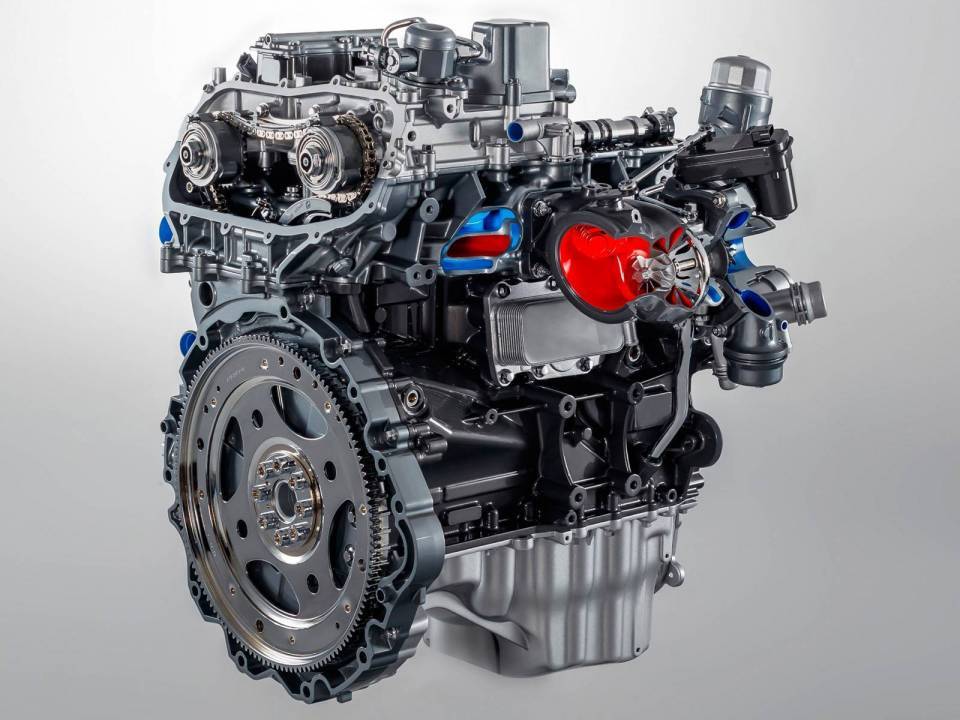Jaguar Ingenium Engine Family
Diesel and Petrol Ingenium Engines
Production: 2014 - present

In September 2014, Jaguar Land Rover announced the Ingenium family, a range of modular engines produced in both petrol and diesel variants to power the new Jaguar XE and future models from Jaguar Land Rover. Ingenium uses a modular architecture making it possible to be produced in 3, 4, 5, and 6 cylinder versions (built around individual 500 cc cylinders), and as hybrid variants, depending on demand and requirements.
From late 2015, Ingenium replaced the engines sourced from Ford’s engine plant in Bridgend in Wales. The engine range is produced at the new £500 million, 100,000m2 Engine Manufacturing Centre at Wolverhampton in the West Midlands in the UK.
Ingenium’s design is configurable and flexible for longitudinal and lateral architectures and for front, rear, and all-wheel drive, together with auto and manual transmissions. Depending on configuration, engines have either a single twin-scroll turbo-charger, or two twin-scroll turbo-chargers, with ceramic ball bearings. Valve train design follows the traditional Jaguar approach of chain driven double overhead camshafts (DOHC). Particular emphasis has been placed on achieving exceptionally low internal friction, which is described as being 17% less than its 2.2 litre diesel predecessor. Computer-controlled variable oil and water pumps and a split circuit cooling system enable fast warm ups. While a simplified cam drive system, crankshafts that are offset from the centre of the block, and electronically controlled piston cooling jets all help to improve efficiency in the oil pumping circuit.
Starting from a clean sheet, meant that Jaguar’s powertrain engineers could make the Ingenium engines as light and efficient as possible, and deliver the blend of power, torque and smoothness customers expect. These state-of-the-art engines were proven over 2 million miles of real-world testing.